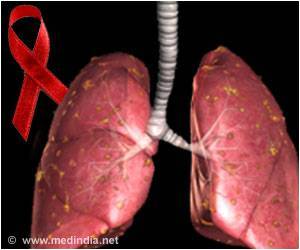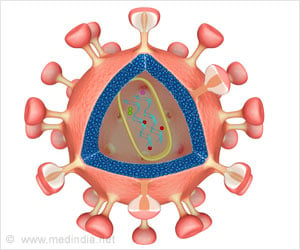With new HIV infections hitting an average of 7,500 a day, the mission to brake the spread of the deadly virus is exploring new, even controversial strategies, the world AIDS conference has observed.
HIV prevention is the poor bloody infantry in the war against AIDS, languishing in comparison to the headline-making advance of antiretroviral drugs -- the daily therapy that now keeps millions alive.Last year, 2.7 million people became infected with HIV, bringing the global tally to 33 million.
Experts describe this as a devastating testimony to a quarter-century of attempts to encourage use of condoms, clean needle exchange for intravenous drug users, treatment to prevent mother-to-baby infection, sexual abstinence and other behavioural changes.
To those craving a technical miracle, such as a vaccine and a virus-thwarting vaginal gel, both lie many years, even decades off.
"We are in a desperate race against time in pursuit of prevention that works," Stephen Lewis, former UN special envoy to AIDS in Africa, said at the International AIDS Conference in the Mexican capital.
In the quest for fresh approaches, Canadian researchers on Tuesday said they uncovered unexpected evidence that antiretroviral drugs themselves had become a prevention tool.
Advertisement
Their study, published last month in the Journal of Infectious Diseases, included a mathematical model to project what would happen in the western Canadian province of British Columbia if antiretroviral coverage rose from the current level of 50 percent of those in medical need.
Advertisement
"We've known for some time that the expansion of coverage with HAART [antiretroviral therapy] could help to reduce the number of new infections," lead researcher Julio Montaner of the BC Centre of Excellence in HIV/AIDS told a press conference.
"However, we were amazed at the actual number of new infections that can be potentially averted by expanding access to treatment."
Thanks to a big scaleup in the past two years, three million badly-infected people in developing countries now have access to anti-HIV drugs. This is still less than a third of the people in need, though.
The rising cost of buying antiretrovirals for infected people has raised fears that the bill will eventually become untenable.
But Montaner said that the cost would be offset by savings to healthcare systems, because infections would fall.
Another novel idea being tested is to use antiretroviral drugs as a "pre-exposure" prevention. The idea is that people at risk from infection could take one pill, or a combination of them, before sex to prevent infection.
The strategy is being tested in Peru and Ecuador, and set to be amplified next year.
But it stirs worries in some quarters. Some experts fear that using antiretrovirals in a "start-stop" way will help the wily AIDS virus to mutate, in the same way that improper use of antibiotics helps a germ build resistance.
Once considered a cultural or religious rite, male circumcision has also leapt into the HIV prevention arena, thanks to evidence from trials in eastern and southern Africa that foreskin removal can more than halve the risk of infection for a man.
According to French researcher Bertran Auvert, who conducted the South African study, circumcision could avert up to 3.8 million infections and half a million deaths in sub-Saharan Africa between 2006 and 2016, and up to 5.8 million deaths by 2026.
But movement to encourage circumcision among men in badly-affected countries is proceeding gingerly, as a botched campaign would cause the strategy backfire disastrously.
Source-AFP
THK/L








